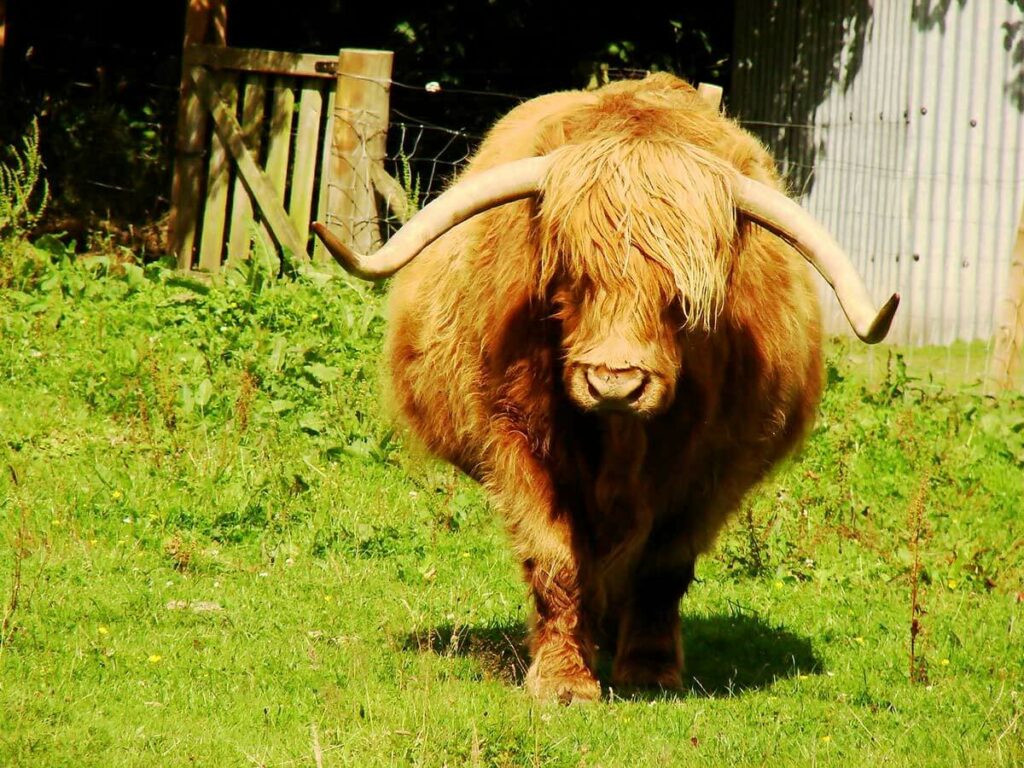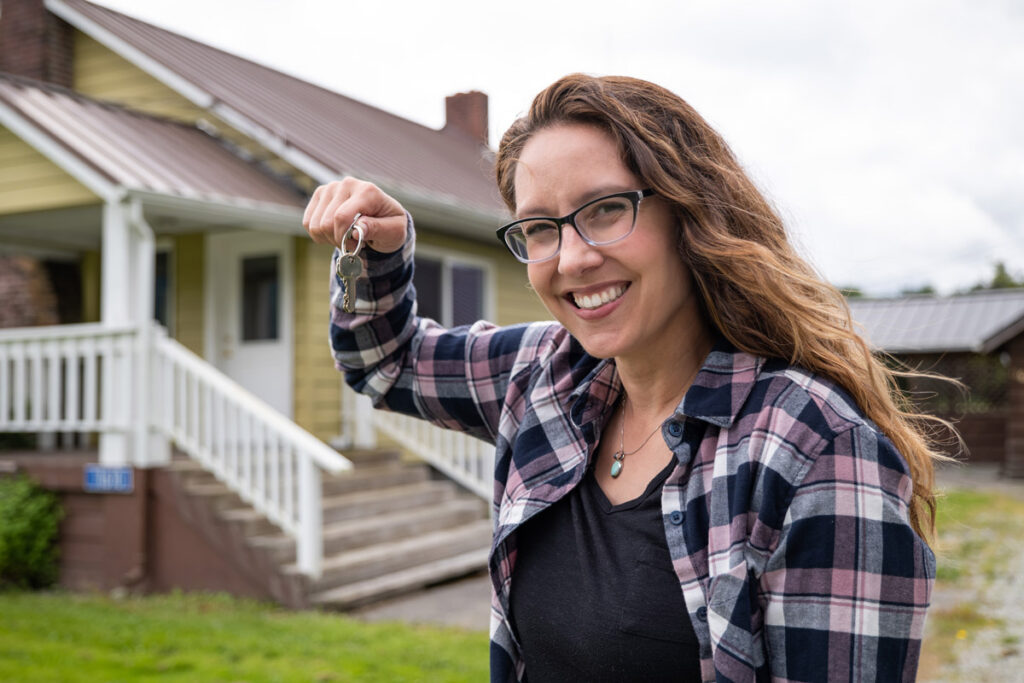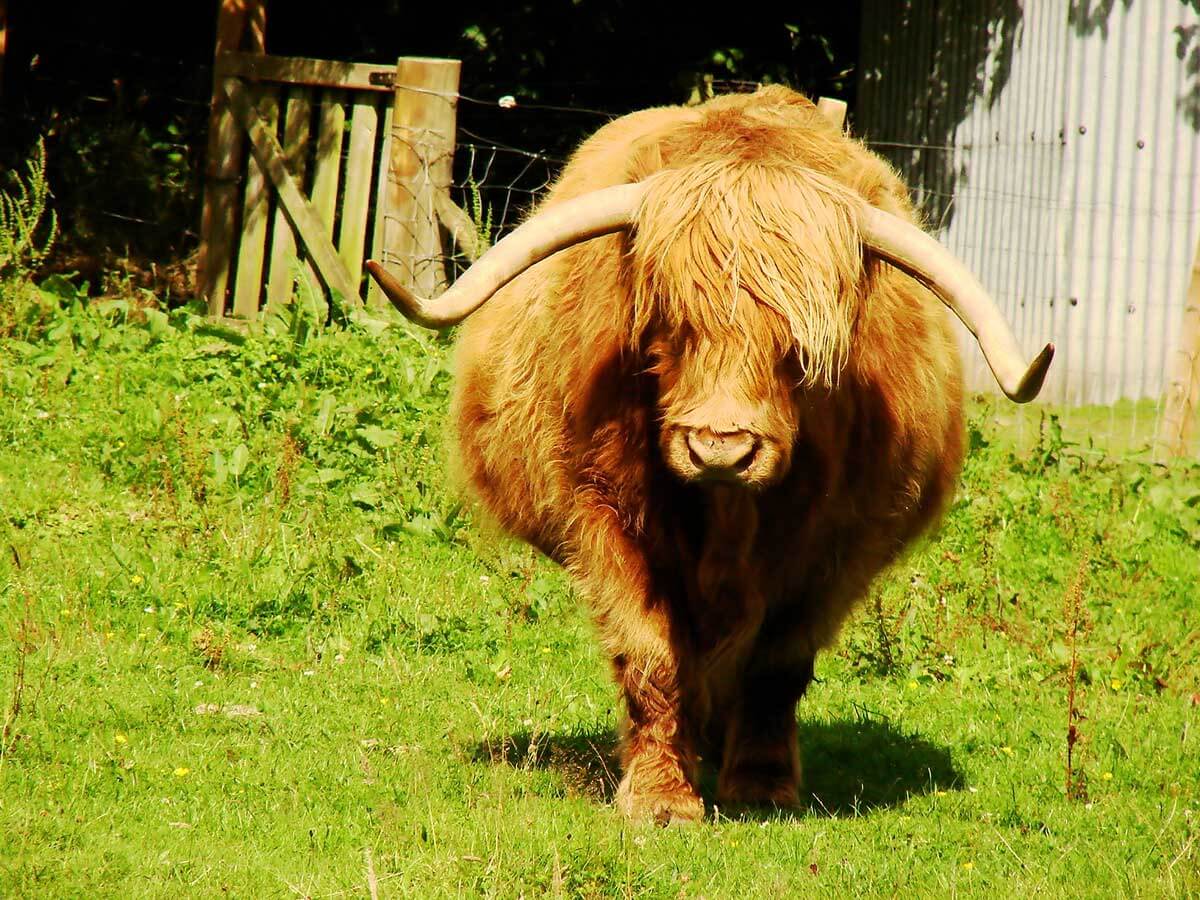Have you reached a point where you’ve been homesteading long enough to consider offering something to your community? So have we!

As a family and a business, we’ve maximized the space we’re in and we’ve reached the limit as to the size of the workshops and classes we can offer… but we want to do more!
As homesteaders, it’s an innate desire to share and teach this way of life to those interested. And this is exactly what my husband and I are experiencing.
We recently purchased a 40-acre homestead just a half-mile from our home (if you missed that episode, it’s #349 of the Pioneering Today Podcast). We’re currently renovating it and will be offering it as a Farm Stay short-term vacation rental.
We also have dreams to rent it out as a wedding venue, and holding classes and seminars on various homesteading topics.
Big dreams don’t just happen, it takes planning and preparation ahead of time. That’s why I’m sharing the steps we’re taking with you because sometimes hearing what others are doing can help inspire and give direction to our own dreams.
I hope you enjoy this episode of the Pioneering Today Podcast (episode #360), thanks for dreaming with me and I hope it helps inspire your own projects.

Table of Contents[Hide][Show]
Podcast Shownotes:
- How we’re preparing the Farm Stay for a future vegetable and flower garden.
- Planning how that garden will provide food for a Farm Stand or CSA.
- Tilling, amending, and covering the soil for next year’s garden.
- Thinking ahead about how we can save money on elderberry trees and hydrangea bushes by getting cuttings. (Learn to plant and care for elderberries here.)
- These trees and bushes will provide a living fence that’s beautiful and productive.
- Ordering chicks from Murray McMurray Hatchery to raise up a flock of multi-colored egg-laying chickens for our Farm Stay guests.
- Procuring a license for next year to raise and sell meat birds to our community. (Learn more about raising meat chickens here, and how to butcher a chicken here.)
- Looking into getting a Scottish Hylander Cow! The meat is closer to Wagyu, but they do take longer to raise.
- Verse of the Week: Malakai 3:10
Other Posts You May Enjoy
- How to Take a Vacation When You Have a Homestead
- Your Gardening Questions Answered
- Grow Your Own Food: Helpful Tips for the Beginner Gardener
- Does Gardening Save Money
- How to Find & Buy Land Beyond the Usual Routes
- Best Vegetables for Small Spaces and Self Sufficiency
- 4 Tips to Success In Growing Your Own Food
[fusebox_transcript]



